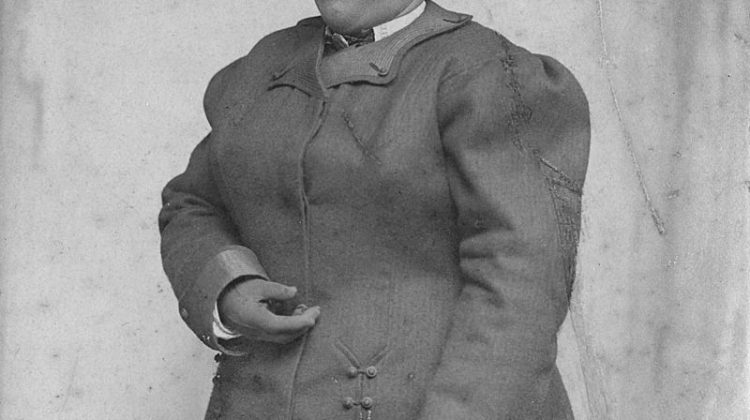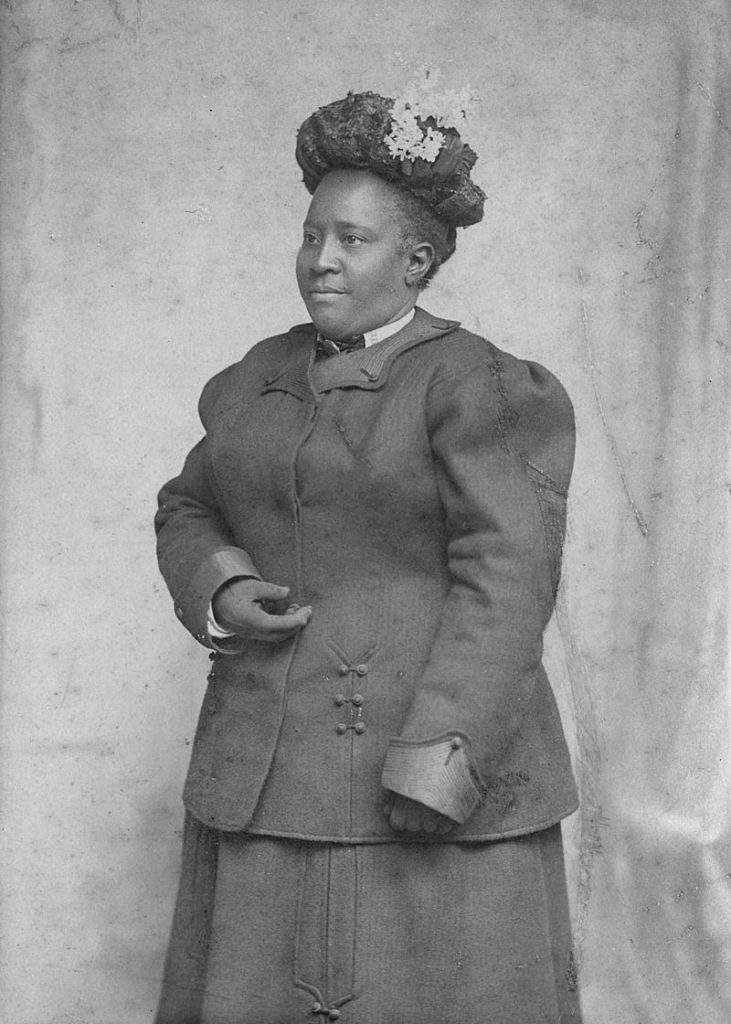
Good morning POU Fam! It’s Monday, and I hope that everyone is staying safe and practicing some social distancing. This week’s open threads will highlight the accomplishments of African-American Physicians.

Caroline Still Anderson (November 1, 1848–June 1 or 2, 1919) was an American physician, educator, and activist. She was a pioneering physician in the Philadelphia African-American community and one of the first Black women to become a physician in the United States.
On November 1, 1848, she was born Caroline Virginia Still, the oldest daughter of Letitia and William Still in Philadelphia. Sources disagree as to her mother’s name; she was called both Letitia and Lucy. Her parents were both leaders in the American abolitionist movement; her father led the Philadelphia branch of the Underground Railroad beginning shortly after Caroline’s birth.[3] As a child, she attended Mrs. Gordon’s Private School, The Friends’ Raspberry Alley School, and the Institute for Colored Youth (now Cheyney University of Pennsylvania). Though these schools were costly, her father’s lucrative coal industry position allowed him to afford a good education for his daughter. He believed strongly in the value of education for his daughters and encouraged Caroline to pursue her education seriously. She finished her primary and secondary education at 16, whereupon she matriculated at Oberlin College, the only black student in her class. She earned her degree at 19, the youngest student in her graduating class. After receiving her Bachelor of Arts, she was elected the first black president of the Ladies’ Literary Society of Oberlin.
Still married her first husband, Edward A. Wiley, an Oberlin alum and former slave, in a ceremony that took place at the Still home on December 28, 1869. The wedding was attended by many luminaries of the U.S. antislavery movement, and included a performance by Elizabeth Taylor Greenfield. Two years after her first husband’s death, in 1875, Still matriculated at the Howard University College of Medicine, though she earned her Doctor of Medicine degree at the Woman’s Medical College of Pennsylvania, where she transferred in 1876 and graduated in 1878. Of her class of 17, two were black. While in school, she worked as a drawing and speech teacher to pay her way.
After she graduated from college, Still moved back to Philadelphia and became a teacher of elocution, drawing, and music, a career path she continued until 1875, two years after her husband’s death. She began her medical career in 1878 with an internship at Boston’s New England Hospital for Women and Children. Still’s initial application was rejected by the racist board of the hospital, and she was appointed only after visiting the city and meeting with the board in person; awed by her talent, they repudiated their earlier decision, appointing Still to the internship by a unanimous vote.
After her internship ended in 1879, she moved back to her hometown and remarried, opening a dispensary in her husband’s church and founding a private medical practice. By 1889, Anderson had revived her career as an educator, teaching hygiene, physiology, and public speaking while continuing her medical practice. That year, she and her husband founded a vocational and liberal arts school called the Berean Manual Training and Industrial School, Anderson was the assistant principal besides her teaching roles. She also practiced medicine at Quaker institutions in Philadelphia. Her career ended when she suffered a paralytic stroke in 1914.
In her later years, Anderson became a social activist, working with several organizations in the city of Philadelphia for several causes, including temperance and racial equality. She supported the temperance movement as the president of the Berean Woman’s Christian Temperance Union, organized Black YMCAs in Philadelphia, and was a board member of the Home for Aged and Infirm Colored People of Philadelphia. Anderson also was a member of the Philadelphia branch of the Women’s Medical Society and the treasurer of the Women’s Medical College Alumnae Association.
W. E. B. Du Bois, especially her work with the Berean Institute, praised Anderson’s work for the black community of Philadelphia.
While studying at Oberlin, Still met Edward Wiley and married him in 1869 at 21. In the four years they married, and the couple had two children, Letitia and William. The marriage ended when Wiley died suddenly in 1873. Still married again in 1880, to a minister named Matthew Anderson. Anderson was also an Oberlin alum, along with having studied at Yale University and Princeton University. The Andersons had five children together, three of whom survived to adulthood: Helen, Maude, and Margaret. Anderson died on June 1 or 2, 1919, in Philadelphia of complications from her strokes. She was 70 years old. Multiple dates are given for her death.
